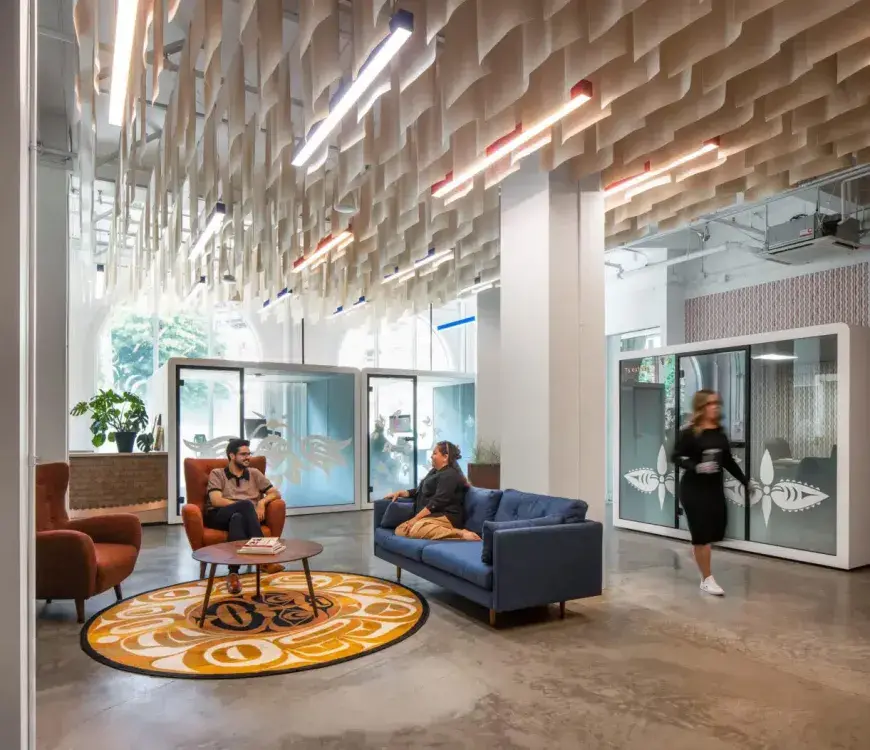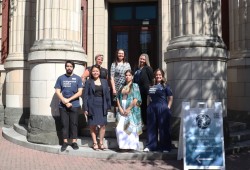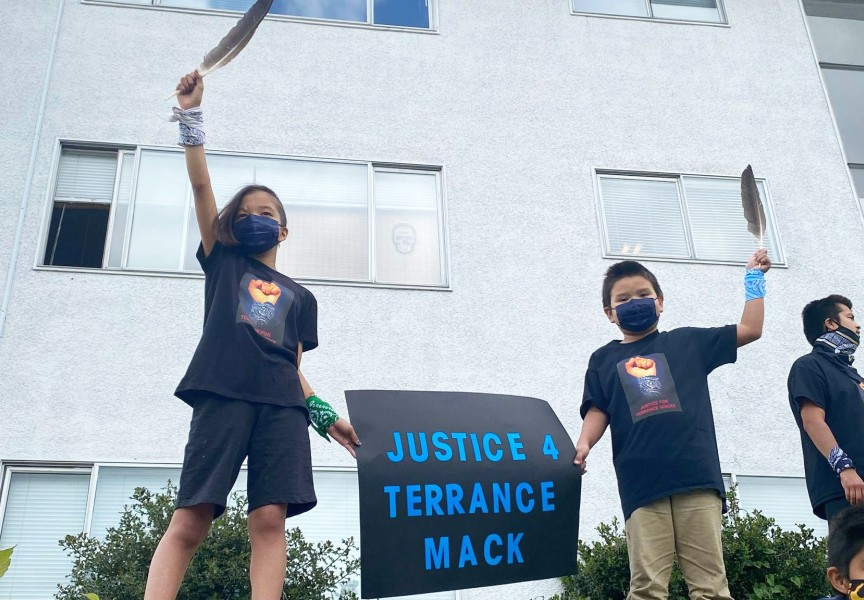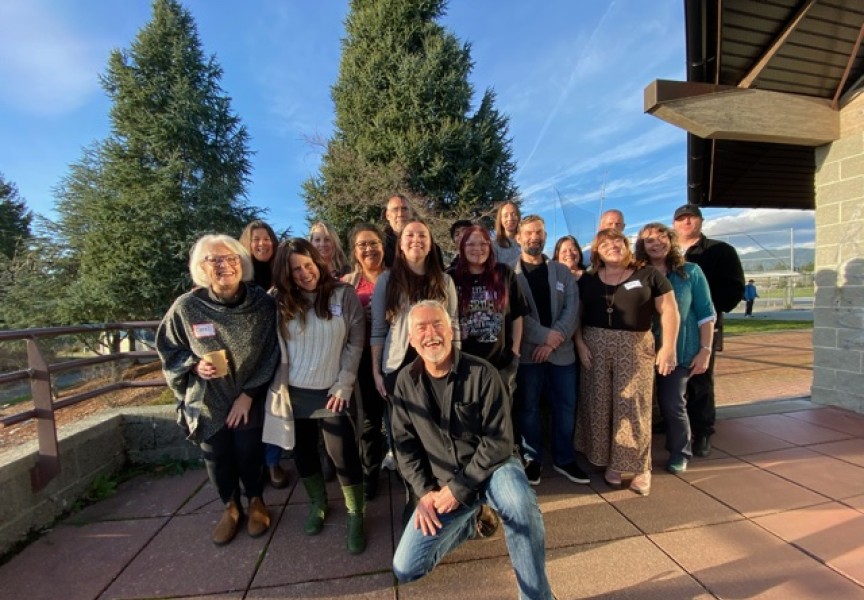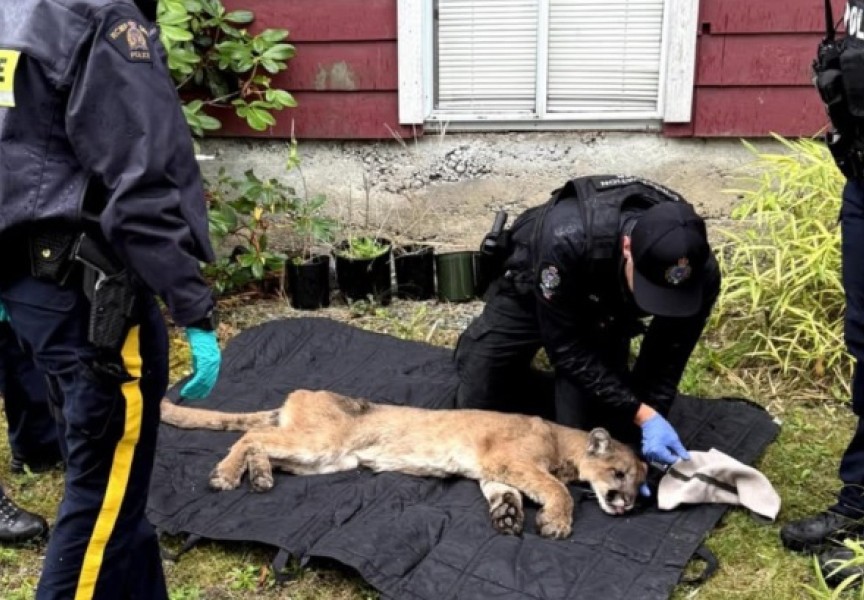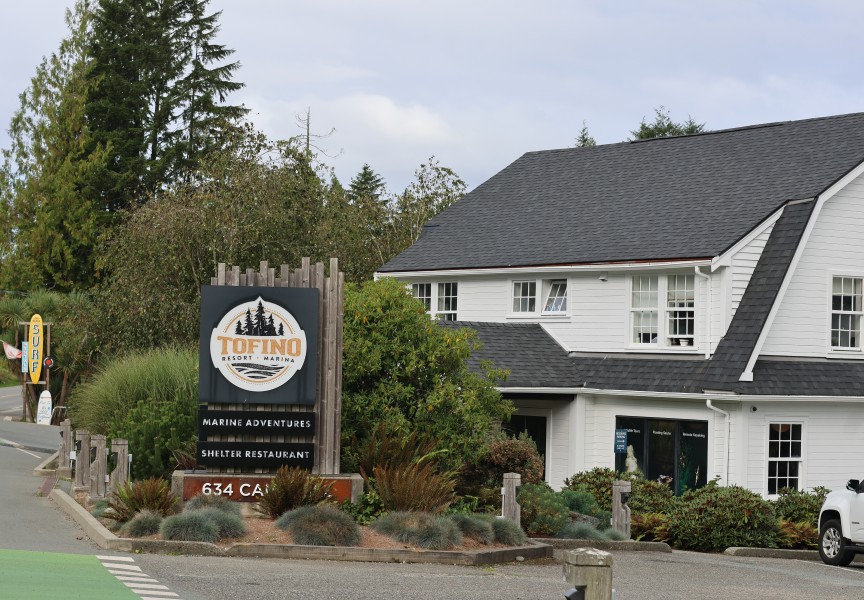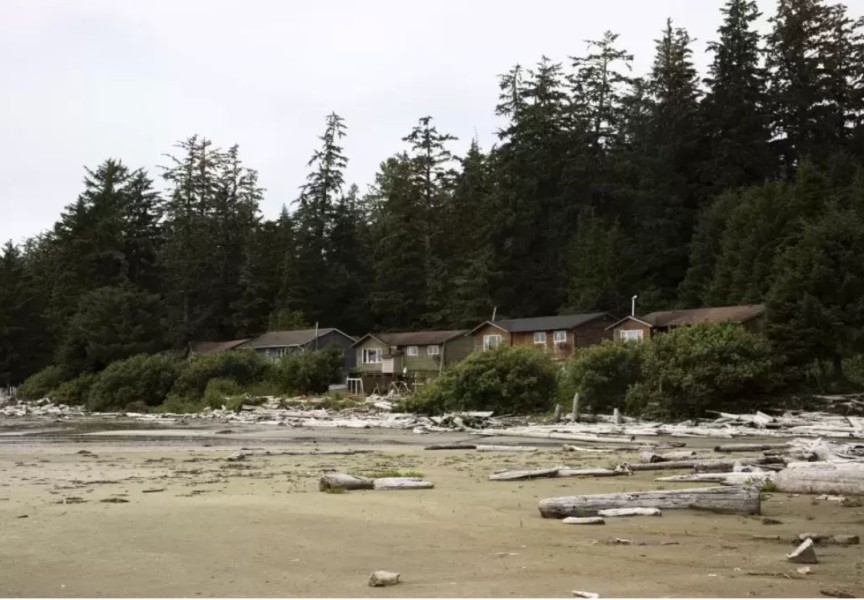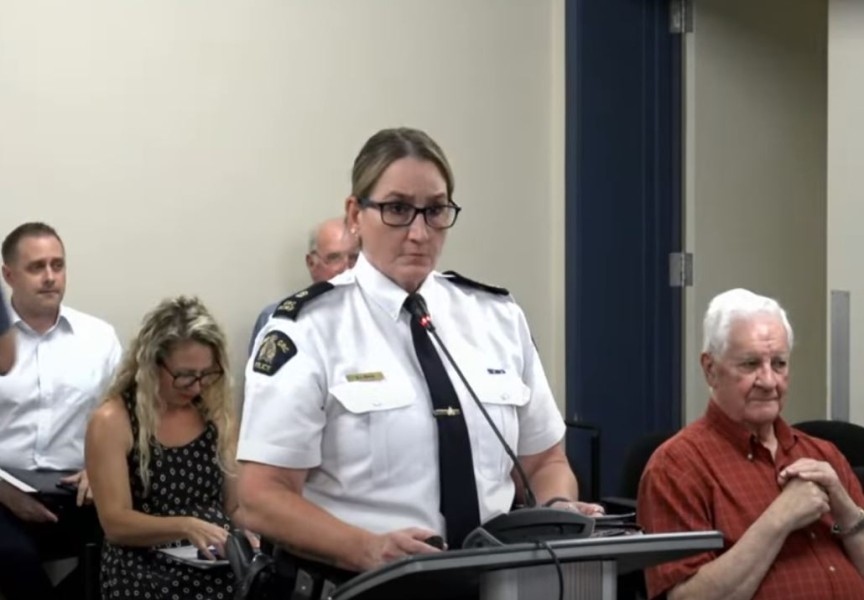Six more Indigenous justice centres have been introduced across British Columbia - including a third location on Vancouver Island – support aimed to address the fact that Aboriginal people are five times more likely to be incarcerated than other B.C. residents.
On Feb. 6 the BC First Nations Justice Council and the provincial government announced the six additional centres, which are located in Port Hardy, Kamloops, Williams Lake, Cranbrook and Fort St. John, with a shared service operating between Burns Lake and Hazelton. This brings the total to 15 Indigenous justice centres across B.C., which focus on providing free legal representation and guidance for criminal and child protection matters. Another virtual justice centre serves the entire province through remote technology.
Over 2024 when nine justice centres were operating staff dealt with over 2,200 cases, serving approximately 600 clients across the province. Staff can also refer First Nations, Métis and Inuit clients to housing, employment, mental health and addiction treatment services.
“When our people are well, our communities are safe,” said Boyd Peters, a director on the First Nations Justice Council, during a press conference on Feb. 6 in Kamloops.
In March of last year support from the justice centres expanded to also include those who don’t quality for legal aid.
“As those accessing our services often feel overwhelmed and disconnected from community, IJCs embrace them with care, honour their cultural identity and protect them from falling through the cracks,” stated First Nations Justice Council Chair Kory Wilson in a press release.
The 15 centres follow a critical part of the B.C. First Nations Justice Strategy. Announced to the public in March 2020 by the justice council and the provincial government, the strategy aimed to address the vast overrepresentation of Indigenous people being incarcerated. At the time the most recent Statistics Canada data from 2018 stated that despite making up less than six per cent of British Columbia’s population, Aboriginal people comprised 32 per cent of custody admissions – showing an increase from the 22 per cent reported 10 years earlier. Since then this number has fallen slightly to the 30 per cent tracked by Stats Can in 2023.
The justice strategy noted that the “vast majority” of Aboriginal people accused had no access to counsel or legal aid. It also spoke of a need to transition “away from long-entrenched historic, continual patterns” in the criminal justice system that have succeeded to “marginalize and dismantle First Nation legal orders and governance institutions.”
How exactly the justice council and the province could facilitate this transition across B.C. remains to be seen, although on Feb. 6 Peters spoke of alternatives to the court process.
“I know that resolving conflict is a really difficulty thing in our communities. There’s some cases that we have that don’t belong in the courts, they don’t belong in the justice system, they don’t belong to the police. It’s up to us as a community to take back that power,” he said. “When you help that offender, you help that family, you help that victim, the whole family, the offender’s family – we’re all related somehow – the whole community is feeling better about the situation.”
Last year two Nuu-chah-nulth communities were struck by violent tragedies that ended the lives of two young men. On Sept. 28, 24-year-old Patrick Charleson IV was fatally shot in Nitinaht, an incident that resulted in the arrest of Derian Tate, who was also 24, and a first-degree murder charge.
Less than a month earlier a particularly violent incident rattled Ahousaht, when 20-year-old Lennox Williams died as the result of a stabbing in Aug. 31. An arrest and second-degree murder charge was made, although the identity of the accused is currently protected by a publication ban.
Despite these high-profile tragedies, Vancouver Island’s three Indigenous justice centres are all on the east side, hours of travel away from the Nuu-chah-nulth villages on the west coast. The newest justice centre is located in Port Hardy on the Island’s northeast coast.
“A lot of time and effort went into finding the right location to serve the maximum number of people and have the facilities needed to do that,” said Attorney General Niki Sharma.
“The locations of the Indigenous justice centres were based on the need and the demand,” added Peters.

